The Forking Paths
WeChat Subscription Account
Customer Service
WeChat: theshopwechat
Email: mail@theshop.art
Online time:
(GMT+8) 11:00-18:00 Mon.- Fri.
Except for CN national holidays




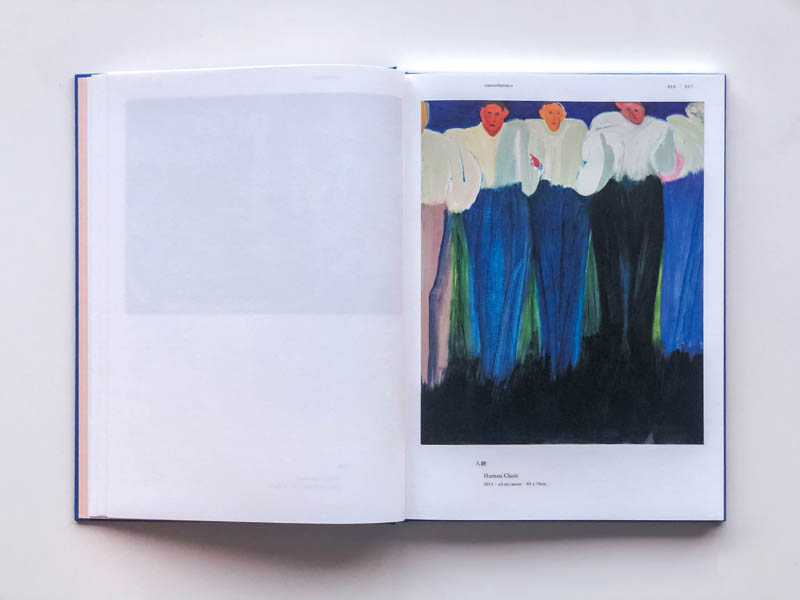
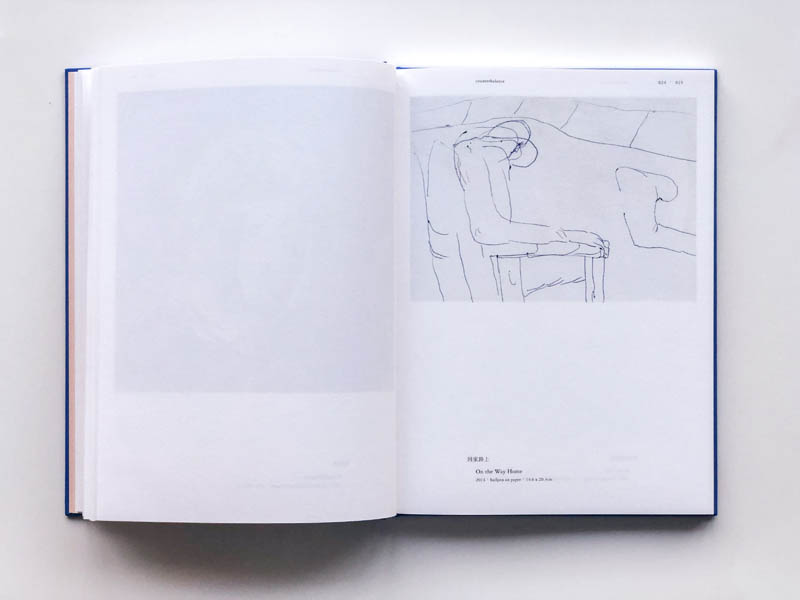

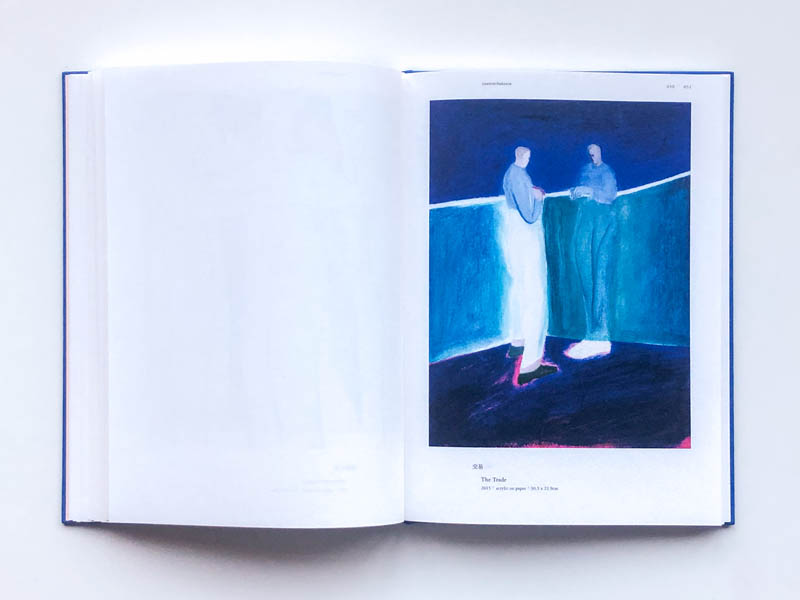
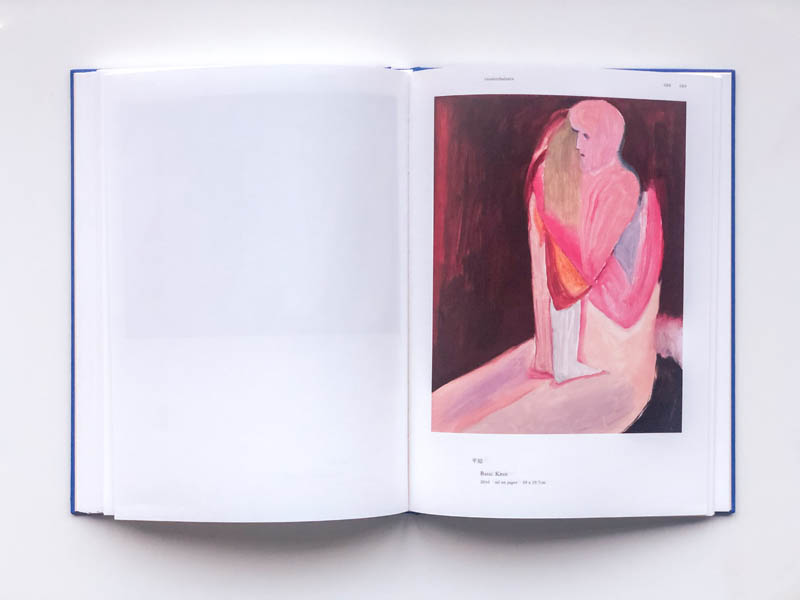
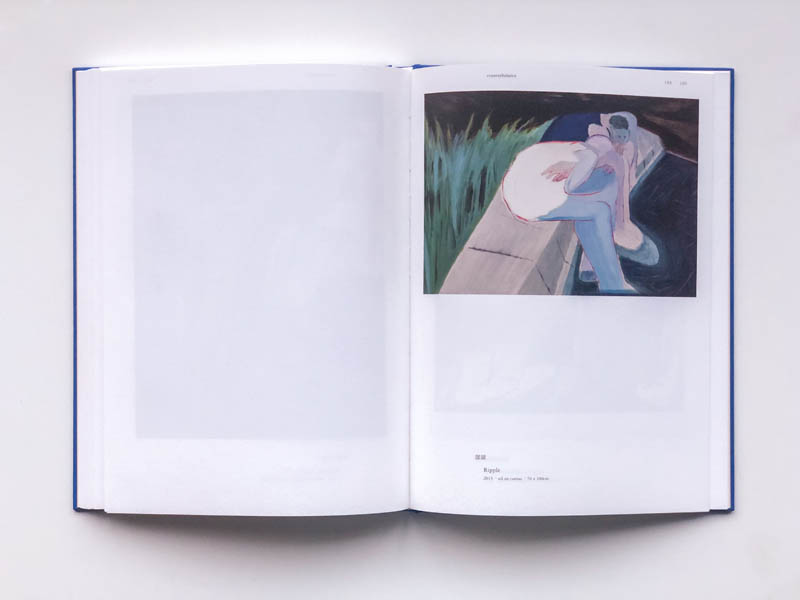
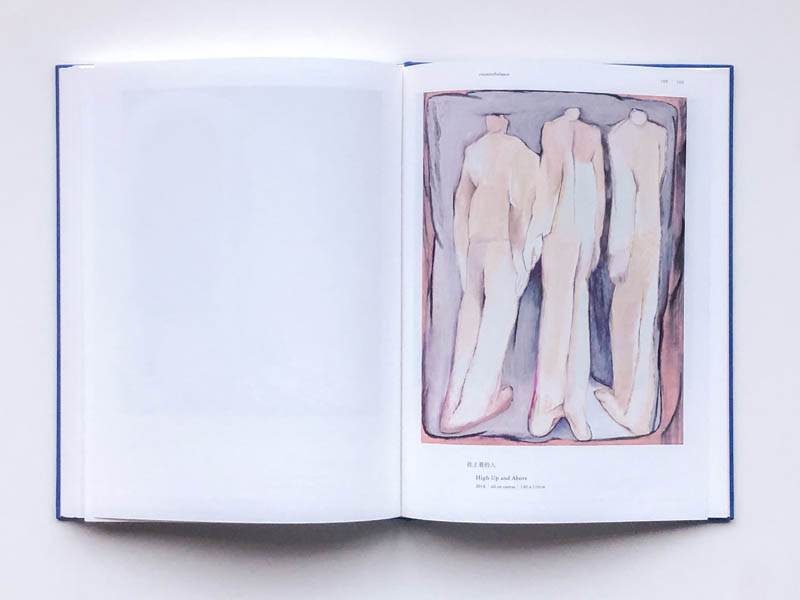
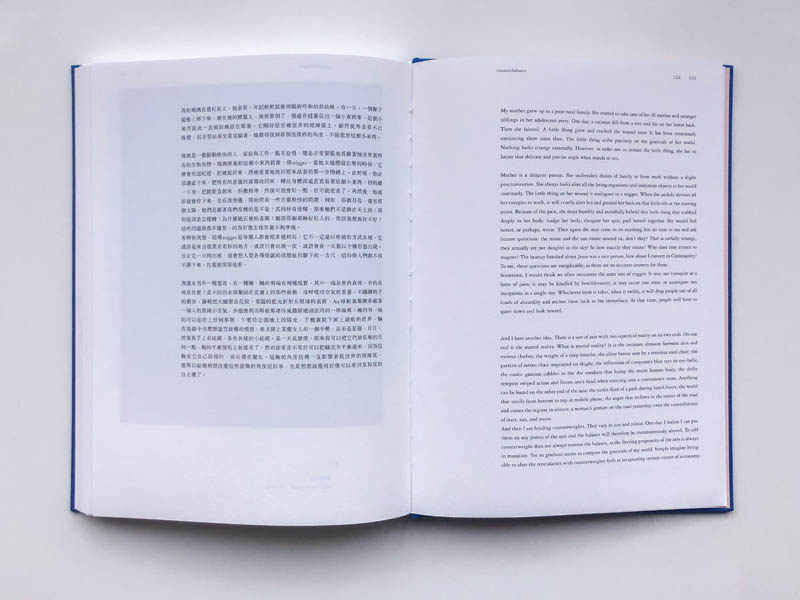
My mother grew up in a poor rural family. She started to take care of her ill mother and younger siblings in her adolescent years. One day, a coconut fell from a tree and hit on her lower back. Then she fainted. A little thing grew and cracked the wound later. It has been tenaciously encrusting there since then. The little thing scabs precisely on the graticule of her world. Nothing looks strange externally. However, in order not to irritate the little thing, she has to locate that delicate and precise angle when stands or sits.
Mother is a diligent person. She undertakes duties of family or from work without a slight procrastination. She always looks after all the living organisms and inanimate objects in her world cautiously. The little thing on her wound is analogous to a trigger. When she unduly devotes all her energies to work, it will cruelly alert her and ground her back on that little tile at the starting point. Because of the pain, she must humbly and mindfully behold this little thing that scabbed deeply in her body: budge her body; elongate her spin; pull herself together. She would feel better, or perhaps, worse. Then again she may cease to do anything but sit next to me and ask bizarre questions: the moon and the sun rotate around us, don’t they? That is awfully strange, they actually are not dangled in the sky! So how exactly they rotate? Why does iron attract to magnet? The hearsay bandied about Jesus was a nice person, how about I convert to Christianity? To me, these questions are inexplicable, as there are no accurate answers for them.
Sometime, I would think we often encounter the same sort of trigger. It may not transpire as a form of pain; it may be kindled by bewilderment; it may occur just once; or undergoes ten inceptions in a single day. Whichever form it takes, when it swifts, it will drag people out of all kinds of absurdity and anchor them back to the immediacy. At that time, people will have to quiet down and look inward.
And I have another idea. There is a sort of axis with two aspects of reality on its two ends. On one end is the mortal reality. What is mortal reality? It is the intimate abrasion between skin and various clothes; the weight of a deep breathe; the silver breeze sent by a stainless steel chair; the pattern of rattan chair imprinted on thighs; the reflections of computer’s blue rays on eye-balls; the exotic gaseous cobbles in the Air sneakers that hump the entire human body; the chilly tempest swiped across and frozen one’s head when entering into a convenience store. Anything can be found on the other end of the axis: the sunlit floor of a park during lunch hours; the world that strolls from bottom to top in mobile phone; the anger that reclines in the center of the road and curses the regime in silence; a woman’s gesture on the road yesterday; even the constellations of stars, sun, and moon.
And then I am holding counterweights. They vary in size and colour. One day, I realise I can put them on any points of the axis and the balance will therefore be instantaneously altered. To add counterweight does not always restores the balance, as the fleeting propensity of the axis is always in mutation. Yet its gradient seems to compose the graticule of my world. Simply imagine being able to alter the reticulation with counterweights feels as recapturing certain extent of autonomy.
- Excerpts from Firenze Lai: Counterbalance Hong Kong: hulahoop, Beijing: The Pavilion, Chinese and English, 2018,2020, pp. 123.
Text © 2020 the Author and The Pavilion
(Translation by Vennes Cheng)
Recommend from the shop
Reading Firenze Lai's recent catalogue Counterbalance on a peaceful afternoon is like having an introspection of the happenings in the world: the colours of the "fluorescent screen", the posture of "ascending stairs, "the confrontation between" two planets" vividly appears, the space of the book can transform the painting into moments that we always carry and reflect on, and invite us to walk back and forth between the subtle or strong emotional rise and fall. In the catalogue, works from different media run side by side. The ballpen-on-paper work, On the Way Home, and the oil painting, Waiting (Purple Robe in X-ray Room) are equally touching. In the meantime, you can understand deeply that the flow of ideas has different confessions through different media.
French philosopher Etienne Gilson once said: "A printed word is still a word / But a printed painting is not a painting." What is a printed painting then? We may say that the situations of a human being crystallised in a catalogue makes the printed paintings more like a condensed vocabulary, which inspires and invites the intimate telling of personal moments, let us not only look at the people in the book, but also looking up at the world around us.
—Firenze Lai
The Forking Paths
WeChat Subscription Account
Customer Service
WeChat: theshopwechat
Email: mail@theshop.art
Online time:
(GMT+8) 11:00-18:00 Mon.- Fri.
Except for CN national holidays
Size: 19.6 × 26.5 cm
Pages: 125
Year: 2018